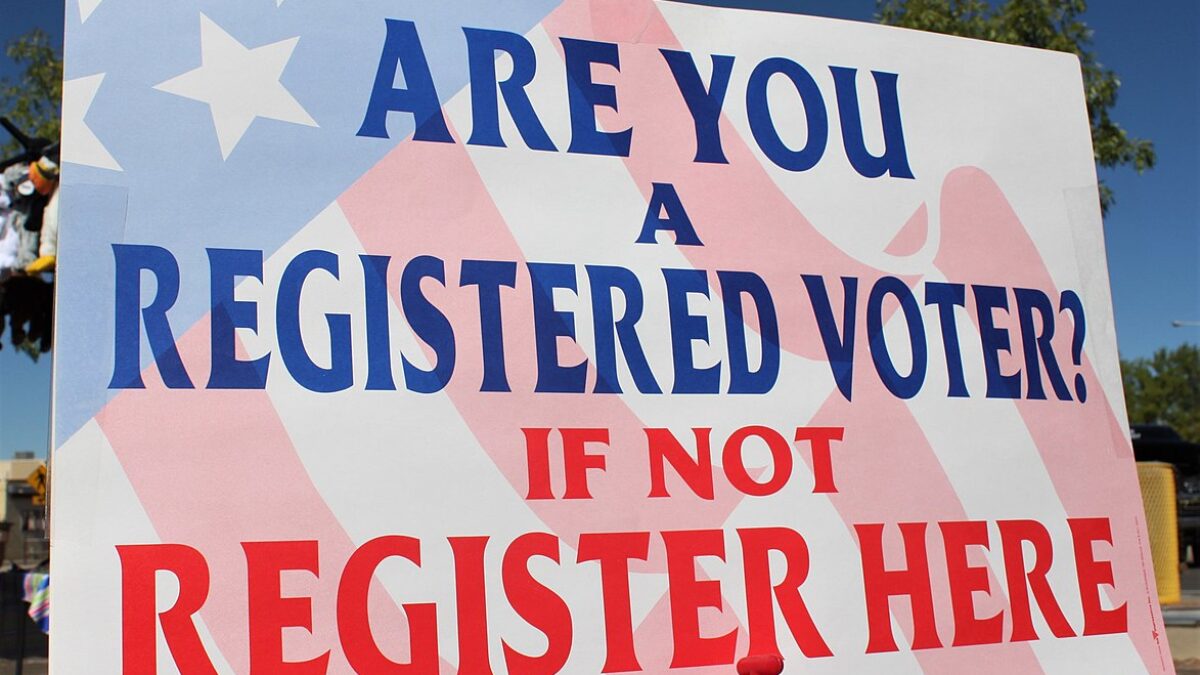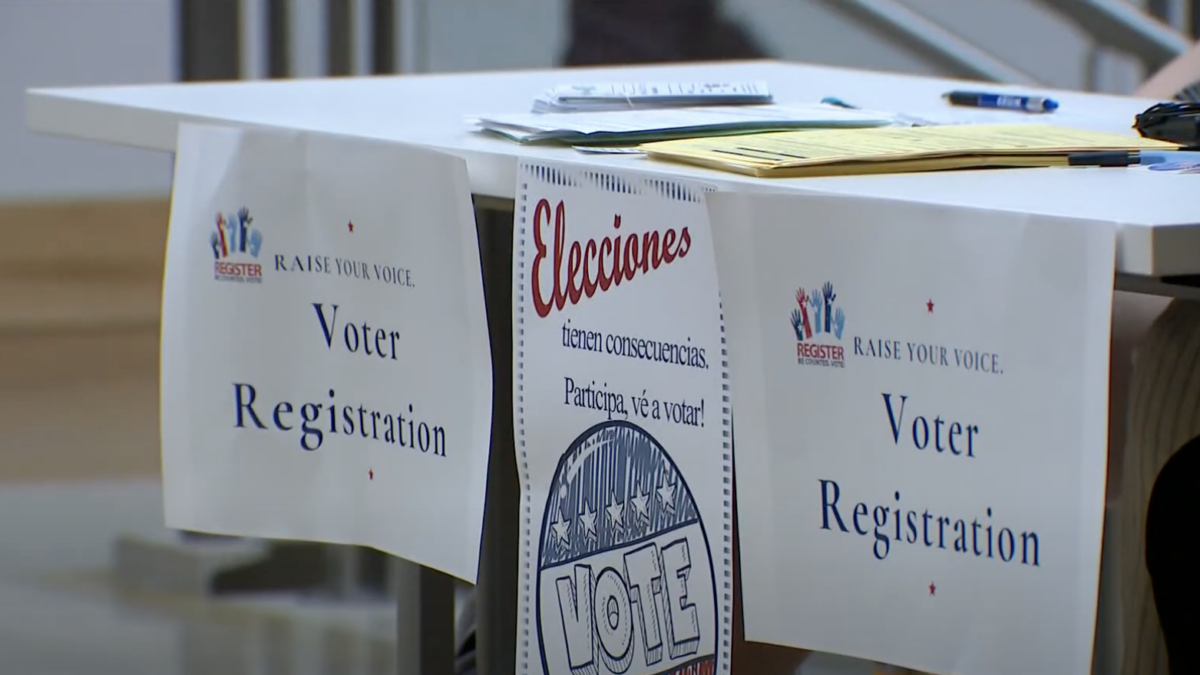Last Friday, some 44,000 discouraged North Carolina workers suddenly disappeared.
Relax. It’s not as mysterious and tragic as it sounds. What happened was that the U.S. Bureau of Labor Statistics released its long-awaited revision of five years of household-employment data for North Carolina and the rest of the country.
For months, critics of North Carolina’s decision to exit the unemployment insurance extended benefits program have cited household-survey data to pummel Gov. Pat McCrory and the Republican-led legislature. Often ignoring warnings about the preliminary nature of the data, and the statistical insignificance of many findings because of the survey’s small sample size, these critics took to the pages of state newspapers and even to the national airwaves to claim that some 111,000 people had left North Carolina’s labor force in 2013, dwarfing the scant 13,000 unemployed workers who had obtained jobs during the year.
The first egregious problem with this claim was that extended benefits ceased in North Carolina in July, not in January. As it happens, the first six months of 2013 were the roughest for North Carolina’s labor market, with very little net job growth. The second six months, after extended benefits ended, showed a much-faster rate of job growth and slower rate of labor-force decline. Using annual numbers to analyze a mid-year event should have been a no-no for any informed, candid analyst.
The second egregious problem with the claim was that not everyone exiting the labor force deserves the label “discouraged worker.” Those who have been unemployed for a long time and are so frustrated that they’ve given up form only a small minority — albeit a sympathetic minority — of those leaving the labor force. Others are in the midst of relocating or retraining for a new job. Still others are simply retiring, as the Baby Boom bulge is now affecting the national labor-force participation trend.
Now there is a third egregious problem with the claim: the revised BLS numbers show something very different. North Carolina’s labor force declined by 67,000, not 111,000, during 2013. The number of employed persons grew by 33,000, not 13,000. For the last six months of 2013, the period after extended benefits ended, the number of employed North Carolinians rose by about 27,000 while the labor force declined by 39,000.
Because labor-force participation is trending downward for the nation as a whole, and particularly among Southeastern states, it would be silly to attribute North Carolina’s entire 39,000 decline to the end of extended UI benefits.
Here’s one way to think about it: During the last six months of 2013, the average drop in the labor force for the nation as a whole was about .57 percent. North Carolina’s drop in total labor force was higher, around .82 percent. Even if we attribute the entire difference to North Carolinians losing access to extended UI benefits and deciding to give up their job search, that would translate into about 12,000 people. More than twice as many previously unemployed North Carolinians obtained jobs during that same six-month period, according to the now-revised BLS data.
I say none of this to discount the importance of creating jobs and economic opportunities for North Carolina’s long-term unemployed. Policy analysts may disagree about how best to accomplish this task, but not about the importance of the task. Still, it is impossible to fashion sound public policy on the basis of misunderstanding the data, misstating the facts, or mistaking preliminary findings for firm conclusions.
As a matter of fact, even the revised BLS findings should still be treated with great caution because of the small sample size of the household survey. (I should add that another common assertion by left-wing critics, that North Carolina experienced a significant decline in the share of our working-age population who are employed, is also not supported by newly released data. According to the BLS release, North Carolina’s employment-population ratio did not change by a statistically significant amount during 2013.) For the last six months of 2013, all that can be said with a high degree of confidence from the household-survey data is that the number of unemployed North Carolinians declined by about 65,000. During the same period, North Carolina employers added about 51,000 net new jobs, according to the broader payroll survey.
Actually, that 51,000 new-jobs estimate is itself preliminary. Revised payroll numbers from BLS are expected in a couple of weeks. Please revise your political talking points accordingly.
John Hood is president of the North Carolina-based John Locke Foundation. Read more from John Hood’s Daily Journal.









